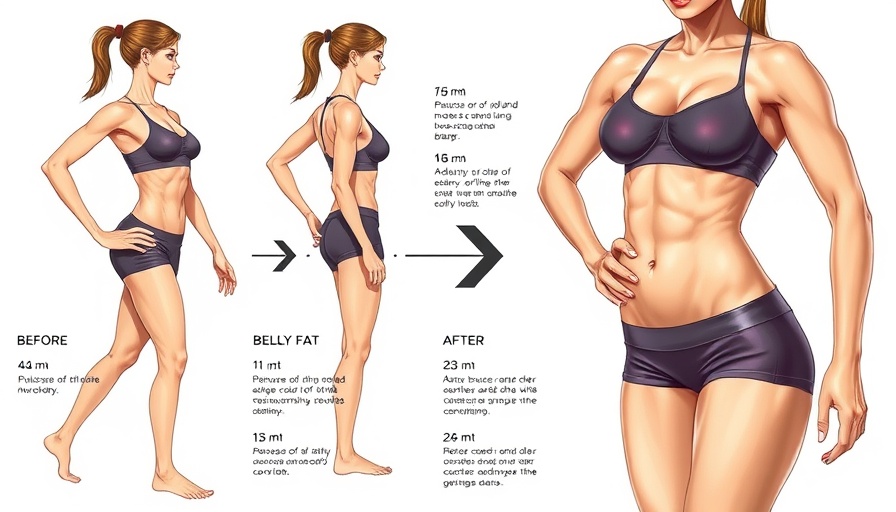
Why the 30-Day No-Warmup Sprint Experiment Challenges Common Fitness Beliefs
In a fitness landscape saturated with intricate warmup routines and pre-exercise rituals, Dr. Joel Seedman's 30-Day No-Warmup Sprint Experiment turns conventional wisdom on its head. His audacious assertion—is it possible to sprint effectively without any warmup?—has sparked interest, debate, and a reevaluation of accepted fitness practices.
Understanding the Experiment: Concept and Execution
Commencing on January 1, Seedman, an expert in human performance, resolved to sprint without warming up for 30 consecutive days. This decision was inspired by doubts raised in the fitness community regarding the feasibility of sprinting without preparation. During this period, Seedman executed between three to five sprints per session, often in cooler climates, wearing minimal footwear and recovering only briefly between sprints. Remarkably, he reported no significant issues or injuries, suggesting that a well-functioning body can handle such demands.
What's the Science Behind Not Warming Up?
The legitimacy of Seedman's findings hinges on body mechanics and muscle function. Historically, humans and mammals alike perform strenuous activities—like sprinting—without pre-conditioning. Seedman’s experiment reinforces the notion that if an individual possesses optimal body mechanics, they can execute explosive movements effectively without a prolonged warmup. His statement about muscles functioning properly frames the argument: if movement mechanics are sound, then injury during high-intensity activities can be avoided.
Breaking Down the Results: What's Significant?
The primary takeaway from Seedman's experiment was that physical performance remained consistent throughout the 30 days. While he initially observed some minor fluctuations in strength and body composition, they were not significant enough to denote any long-term detriment to health or capability. Most notably, he experienced an increase in cardiovascular conditioning and overall power by the end of the study. This revelation challenges the fitness myth that extensive warm-up routines are essential for protective measures against injury.
What About Risks and Counterarguments?
While Seedman's experiment showcased positive outcomes for him, the results prompt serious discussion regarding the risks of skipping warmups for the general population. Many fitness advocates voice concerns over potential injury, particularly for individuals whose muscle function and movement patterns may not be optimized. Renowned athletes have faced injuries related to improper mechanics; according to Seedman, the broader fitness community has yet to bridge the gap between theory and practical application of neuromuscular efficiency.
Practical Insights for Fitness Enthusiasts
What does this mean for casual gym-goers and dedicated athletes? Seedman's conclusion is not a blanket endorsement to skip warmups altogether. Instead, he advocates for awareness of one's body mechanics. Incorporating exercises designed to enhance neuromuscular efficiency—like eccentric isometrics—may provide a foundational basis for overall physical capability, thus aligning with his findings. Fitness enthusiasts benefit from evaluating their warmup routines and ensuring fluidity in their body mechanics.
Do You Dare to Try a No-Warmup Sprint?
For those eager to experiment with Seedman's insights, a cautious approach is advisable. Begin by assessing your body mechanics through basic movement evaluations. If muscle function appears sound, consider incorporating occasional no-warmup sprints into your training, gradually increasing intensity and frequency. However, consult with fitness professionals if you're uncertain about your movement patterns.
In conclusion, Dr. Seedman's 30-Day No-Warmup Sprint Experiment invigorates the discourse surrounding fitness technology and traditional methods. By emphasizing the importance of correct biomechanics and movement efficiency, he invites individuals to challenge their current understanding and practices. Remember: always be mindful of your body's capabilities, as every person's journey to fitness is unique.
 Add Row
Add Row  Add
Add 




Write A Comment